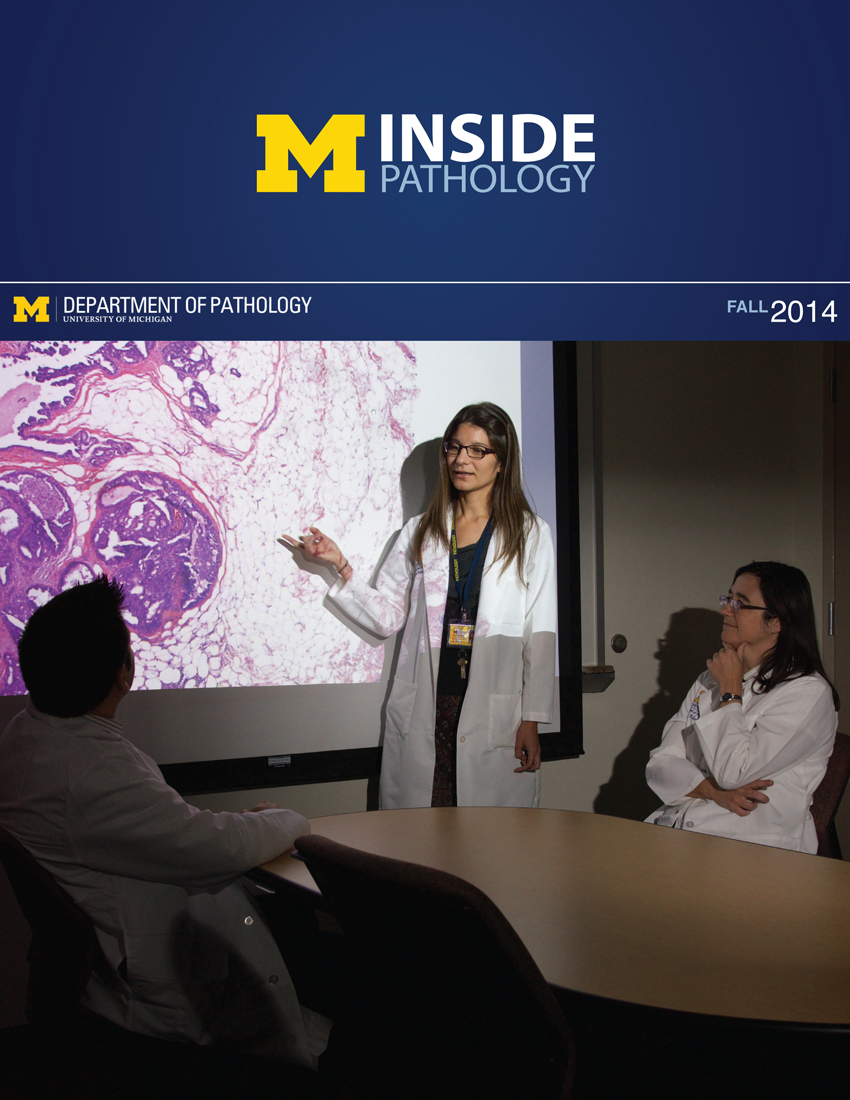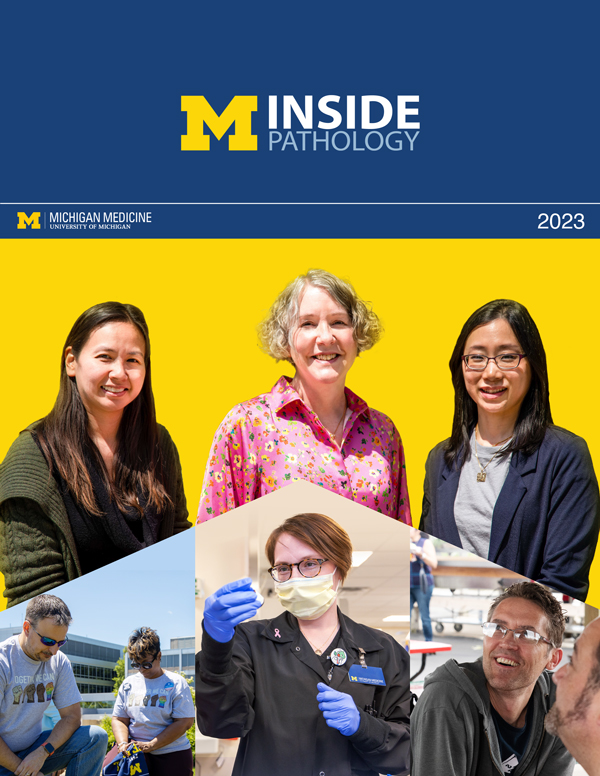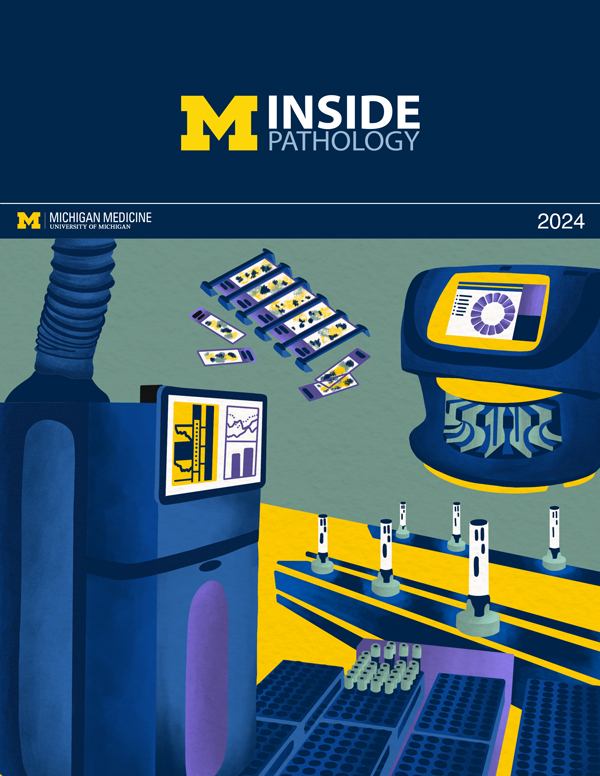New Study Finds Inhibition of Uric Acid or IL-1β Ameliorates Respiratory Syncytial Virus Immunopathology and Development of Asthma
By Camren Clouthier | April 15 2020A new study from the Department of Pathology's Lukacs Lab in the Mary H. Weiser Food Allergy Center has found that Respiratory Syncytial Virus (RSV) affects most infants early in life and is associated with increased asthma risk. However, the specific mechanism remains unknown.
The study was carried out by a team from the Lukacs Lab, including key contributors Charles Schuler, MD, Carrie Malinczak, Shannon Best, Susan Morris, Catherine Ptaschinski, PhD, Nicholas Lukacs, PhD, and Wendy Fonseca Aguilar.
The objective for the study was to investigate the role of uric acid (UA) and IL-1β in RSV immunopathology and asthma predisposition. To do so, tracheal aspirates from human infants with and without RSV were collected and analyzed for pro-IL-1β mRNA and protein was used to establish a correlation in human disease. Neonatal mouse models of RSV were employed, wherein mice infected at 6-7 days of life were analyzed at 8 days post-infection, 5 weeks post-infection, or after a chronic cockroach allergen asthma model. A xanthine oxidase inhibitor or IL-1 receptor antagonist was administered during RSV infection.
 "Our group identified that the uric acid pathway was upregulated during RSV infection. We first investigated the effect of this upregulation using a mouse model," says Wendy Fonseca Aguilar, a Research Investigator within the Lukacs Lab. "We targeted this pathway using two differents inhibitors (xanthine oxidase inhibitor and IL-1ra) and described the mechanistic role of uric acid in the pathogenesis of the RSV infection. Then, we tested these two inhibitors in a neonatal mice model to have a more relevant animal model since RSV affects mostly infants.
"Our group identified that the uric acid pathway was upregulated during RSV infection. We first investigated the effect of this upregulation using a mouse model," says Wendy Fonseca Aguilar, a Research Investigator within the Lukacs Lab. "We targeted this pathway using two differents inhibitors (xanthine oxidase inhibitor and IL-1ra) and described the mechanistic role of uric acid in the pathogenesis of the RSV infection. Then, we tested these two inhibitors in a neonatal mice model to have a more relevant animal model since RSV affects mostly infants.
The study ultimately found that human tracheal aspirates from RSV-infected infants showed elevated pro-IL-1β mRNA and protein. Additionally, the inhibition of UA or IL-1β during neonatal murine RSV infection decreased mucus production, reduced cellular infiltrates to the lung (especially ILC2s), and decreased type 2 immune responses. Finally, the inhibition of either UA or IL-1β during RSV infection led to chronic reductions in pulmonary immune cell composition and reduced type 2 immune responses and reduced similar responses after challenge with cockroach antigen.
"We were excited to show that neonatal RSV immunopathology was decreased when the uric acid /IL-1ra pathway was inhibited," Fonseca Aguilar adds. "Additionally, we observed that early-life modulation of RSV immunopathology using these inhibitors attenuated RSV- asthma predisposition."
Ultimately, results showed that inhibiting UA and IL-1β during RSV infection ameliorates RSV immunopathology, reduces the consequences of allergen-induced asthma, and presents new therapeutic targets to reduce early-life viral-induced asthma development.
An online link to the publication is available here.
 ON THE COVER
ON THE COVER
 ON THE COVER
ON THE COVER
 ON THE COVER
ON THE COVER
 ON THE COVER
ON THE COVER
 ON THE COVER
ON THE COVER
 ON THE COVER
ON THE COVER
 ON THE COVER
ON THE COVER
 ON THE COVER
ON THE COVER
 ON THE COVER
ON THE COVER
 ON THE COVER
ON THE COVER
